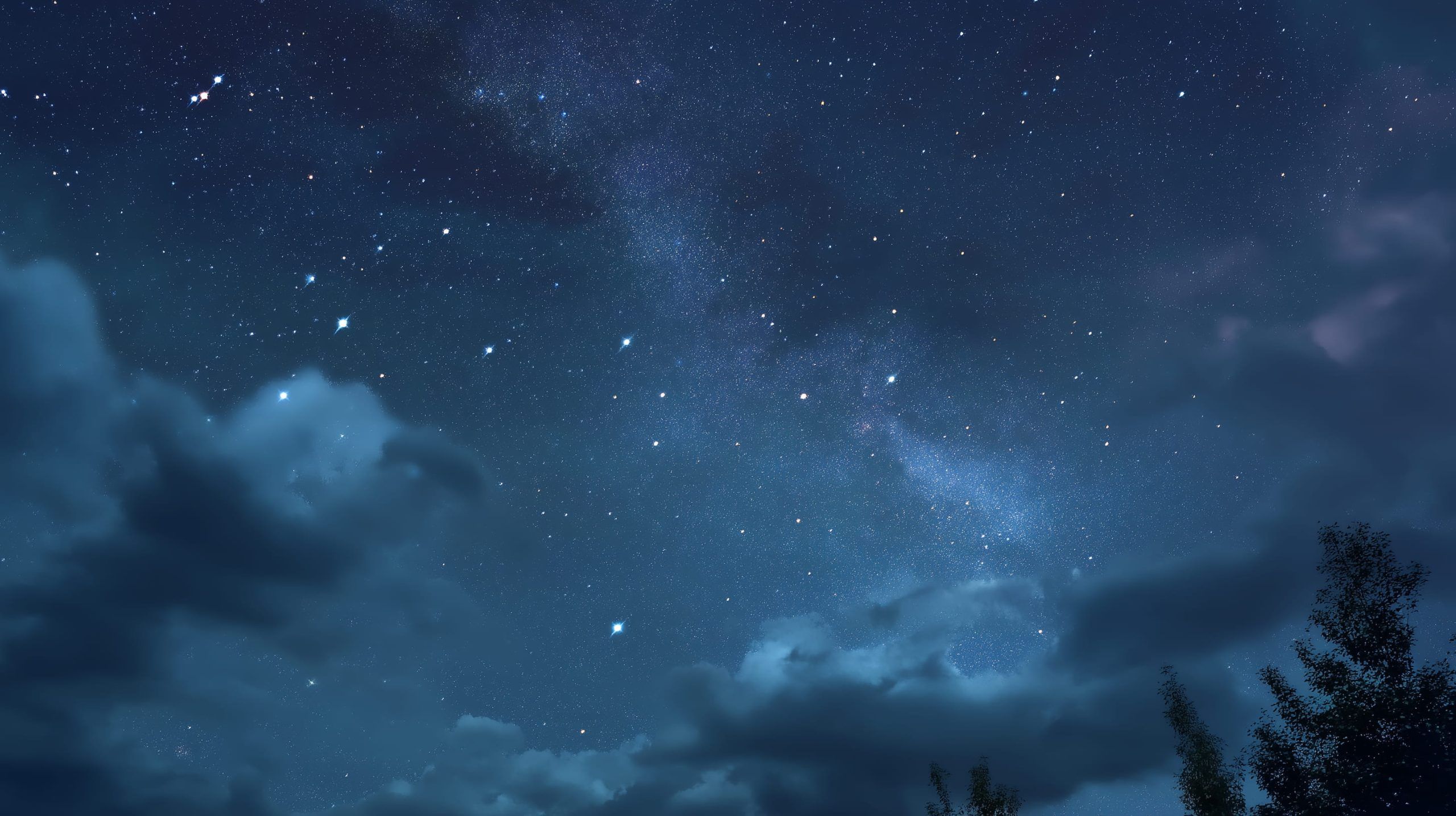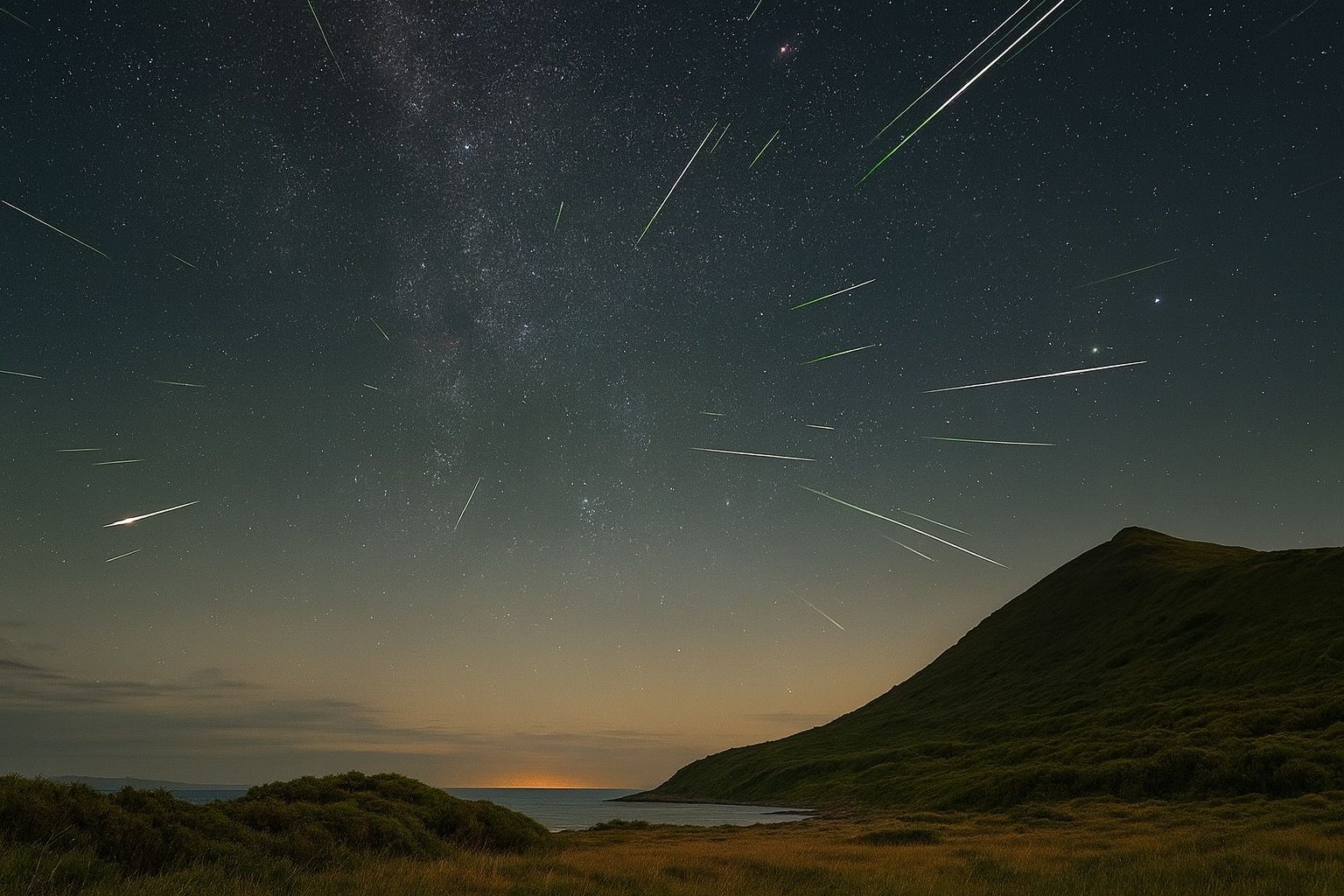
Spectacular Sky Show on Aug 12–13, 2025: Perseid Meteors, Planetary “Kiss” & More
The Perseid meteor shower peaks on the night of August 12 into the early hours of August 13, 2025, with an expected rate of 10–20 meteors per hour under an 84% full moon. Even with the bright Moon, the brightest


